Aluminum castings are highly versatile and useful metals that are important in modern manufacturing. Its unique properties and wide range of applications make it popular in various industries and products.
Because aluminum is such a reactive metal, the element can never be found in its purest form. Bauxite must be processed with sodium hydroxide in order to dissolve the aluminum oxide before it can be used in the aluminum extraction process. After the aluminum oxide has been dissolved, the bauxite must be electrolyzed in order to separate the aluminum.
What is Cast Aluminium?
Aluminum has several desirable mechanical properties, making it an ideal material for casting alloys. It is often used to make parts requiring a high strength-to-weight ratio. These include engine blocks, transmission cases, and aircraft components.
These manufacturing processes can produce large, complex parts with irregular shapes and high-volume, consistent parts with a high level of detail and accuracy.
The Raw Materials of Molten Aluminum Production
To create molten aluminum, recycled aluminum or virgin aluminum is melted in a furnace at extremely high temperatures. During the casting process, naufacturers add alloying elements to the molten aluminum to increase some of its attributes.
The manufacturer may advise the consumer of the alloying element that needs to be added to the pure aluminum if the mechanical or physical properties need to be improved.
Aluminum Casting Techniques in Modern Manufacturing
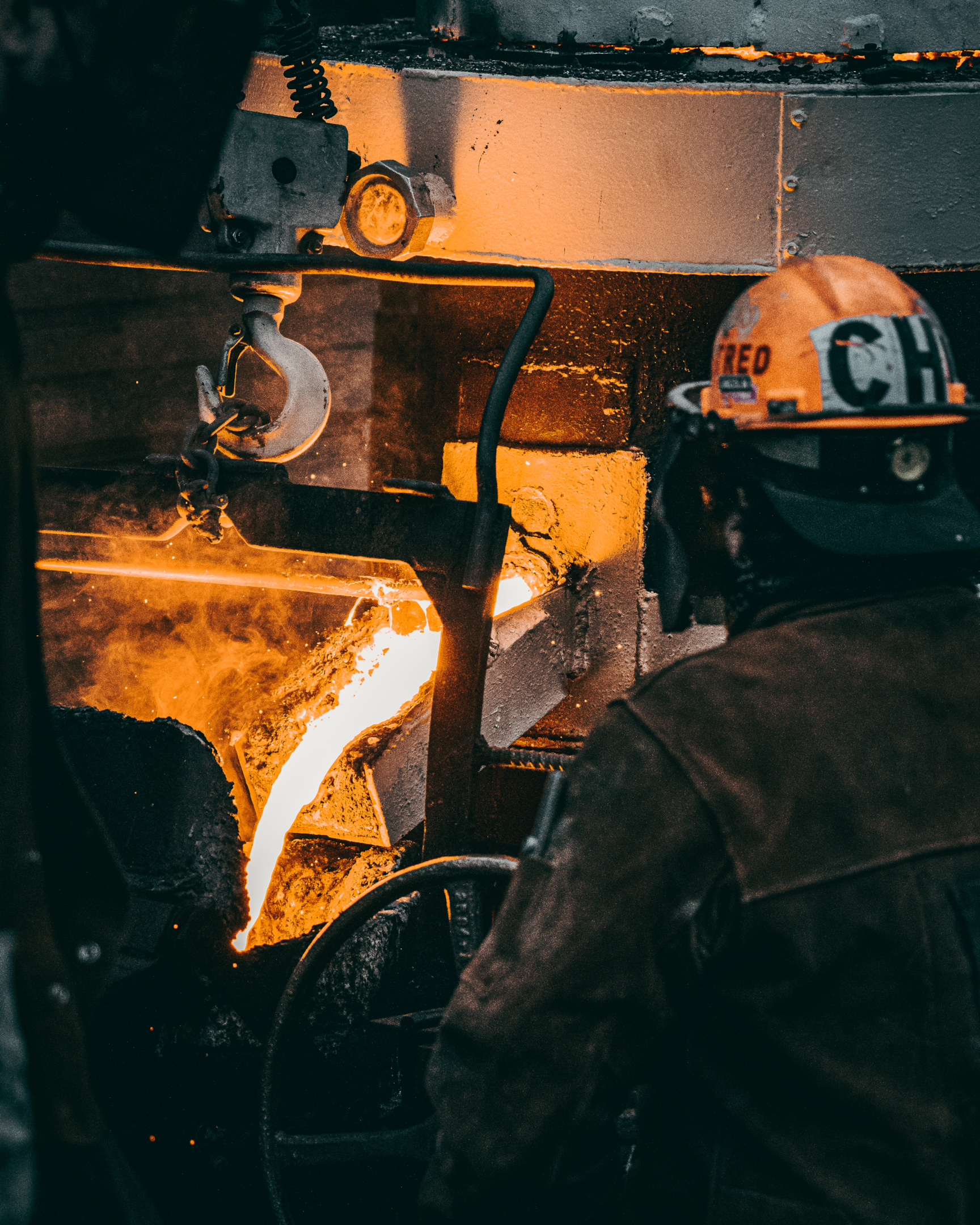
With many options in aluminum casting processes, consumers may choose depending on the requirements of the aluminum cast parts needed.
Die Casting Process
High-pressure die casting is a popular manufacturing process for producing high-quality, complex metal parts with excellent dimensional accuracy and repeatability.
The resulting part from injecting the liquid aluminum under high pressure is a smooth surface finish. It can be produced with tight tolerances, making it an ideal solution for various industries, including automotive, aerospace, and consumer goods.
Sand Casting Process
Sand and a binder, such as clay, are used to make a mold, which is subsequently used to hold molten metal.
Typically, the desired part’s design is pressed into the sand mixture to form the mold. It is a cost-effective method for producing large, complex parts with irregular shapes.
Permanent Mold Casting Process
It is quite cost-effective since the mold may be used again. By employing gravity instead of high pressure to pour the molten aluminum into the mold, the flow of the metal may be more precisely controlled, reducing the chances of porosity and other problems.
Investment Casting Process
In this method, a wax or plastic pattern of the desired component is first created, then coated with a ceramic shell, and finally subjected to heat treatment in order to produce a mold that is long-lasting.
How to Choose The Right Aluminum Casting Process
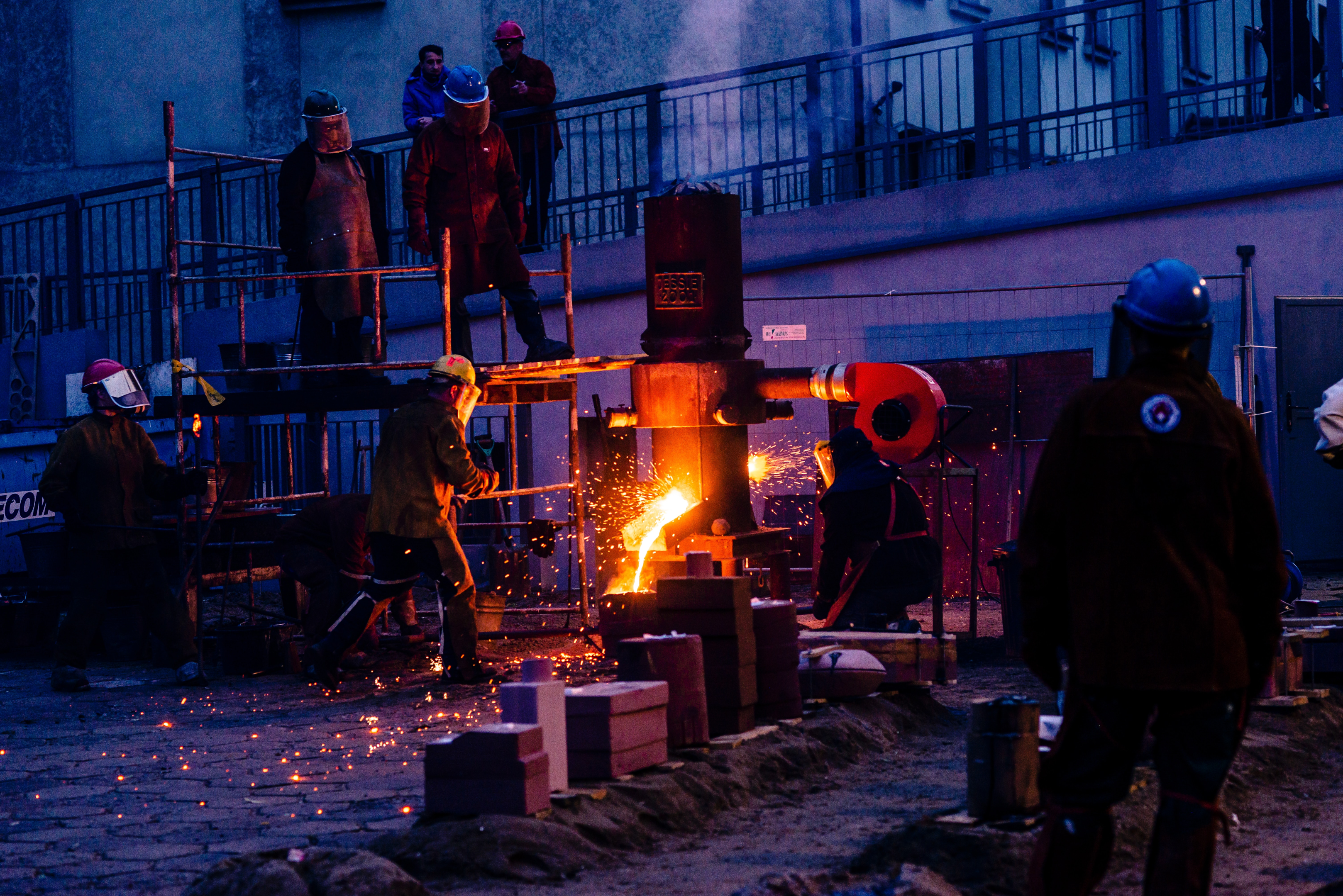
Size of Cast Aluminum
Investment or permanent mold casting may be the best option if the part is small to medium-sized. The size of the part can impact the quality of the casting, as well as the efficiency and cost of the manufacturing process.
Mechanical Properties
The properties required for the part will also influence the casting process chosen. Some casting processes can produce the aluminum casting. The choice of the manufacturing process can affect tensile strength, yield strength, hardness, fatigue strength, and impact resistance.
The cooling rate of the casting processes may also result in higher strength but lower ductility or more ductile but weaker material.
The Complexity of Aluminum Casting
If the part has complex shapes, thin walls, or intricate features, investment casting or sand casting may be the best option, as they can produce highly complex parts with excellent surface finish.
Properties of Aluminum Castings

Excellent Corrosion Resistance
Cast aluminum parts are known for their good corrosion resistance, which is one of the key reasons they are used in various applications.
Aluminum products is also versatile when it comes to using a variety of manufacturing processes. This versatility in casting methods allows manufacturers to choose the best process for their specific needs, whether they require mass production or complex, intricate parts.
Attractive Metal
Aluminum castings have aesthetic appeal due to their ability to be finished in various ways. The surface of aluminum castings can be polished, painted, or anodized, providing a high-quality finish and enhancing their visual appeal.
These finishing processes in the casting aluminum process can be used to create a wide range of colors and textures, making it a versatile choice for designers looking to add visual interest to their products.
Heat Resistance
Aluminum has a melting point of around 660 degrees Celsius, a relatively lower melting point than other metals. It has the ability to maintain its structural integrity and mechanical properties when exposed to high temperatures.
Ductility
Cast aluminum is known for its excellent ductility, which can be stretched, bent, or deformed without cracking or breaking. Its face-centered cubic crystal structure allows for easy sliding of atomic planes when a tensile load is applied. This structure allows cast aluminum to deform and recover its shape when the load is removed.
Hardness
The hardness of an aluminum casting can be improved by using harder alloys or certain casting processes and treatments. This process involves heating the casting to a specific temperature and then cooling it rapidly to create a more uniform structure and increase its strength and hardness.
Machinability
The machinability of cast aluminum can be influenced by factors such as the specific alloy used, the casting process, and any post-casting treatments. Some aluminum alloys, for example, may have a higher level of silicon content, making them more difficult to machine due to the increased tendency for the material to stick to the cutting tool.
Applications of Cast Aluminum Products
Cast Aluminum Patio Furniture
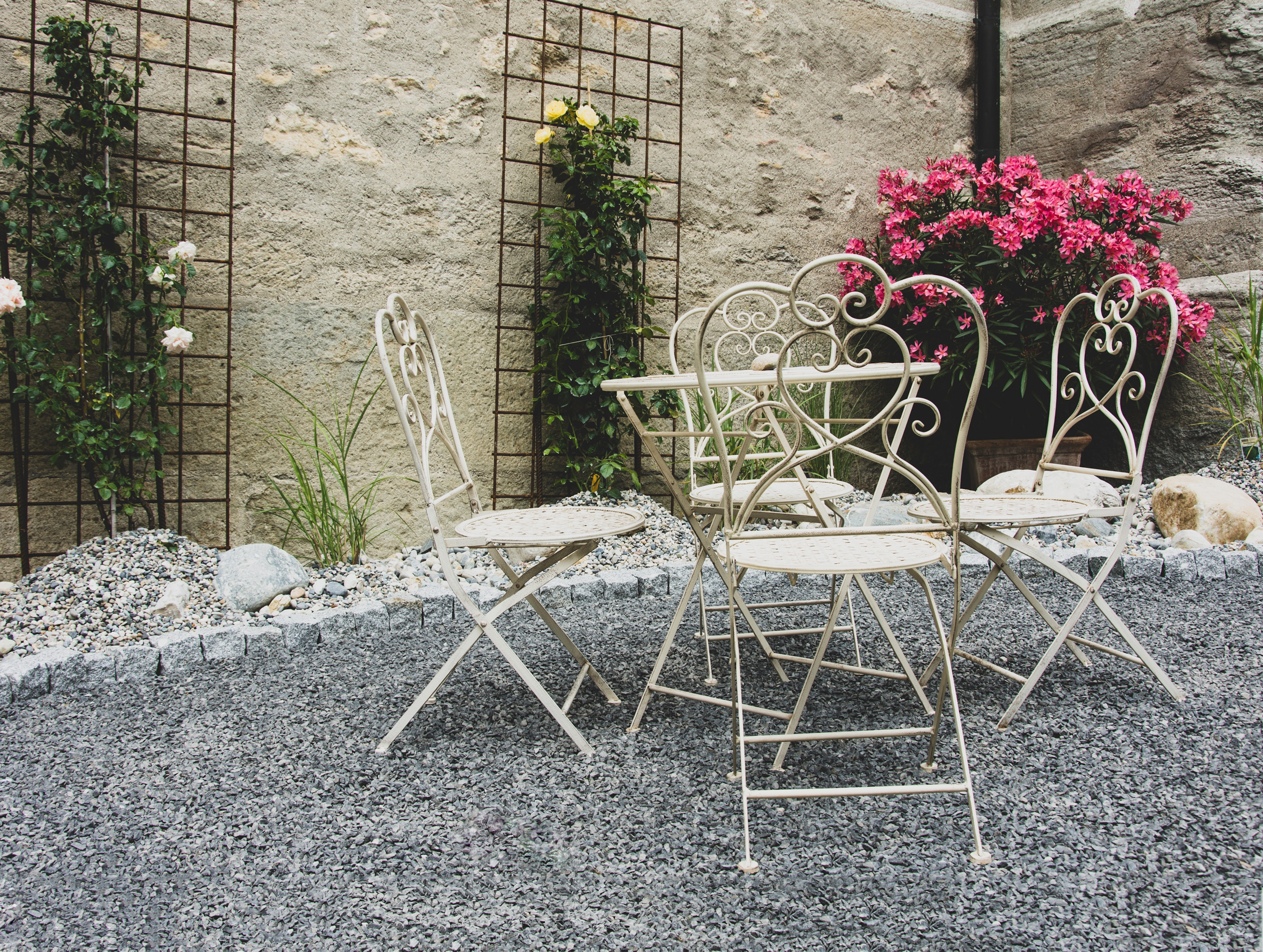
Cast aluminum is a popular material choice for patio furniture due to its strength, durability, and aesthetic appeal.
One of the main advantages of cast aluminum patio furniture is its strength and durability. It can withstand the elements and regular use without corroding or rusting.
Cast Aluminum Cookware

Cast aluminum cookware is lightweight, making it easy to handle and maneuver in the kitchen. Additionally, cast aluminum cookware is typically coated with a non-stick surface to prevent food from sticking and to make cleaning easier.
Using aluminum in cookware and kitchenware results in evenly cooked food and reduces the risk of hot spots or burning.
Medical Devices
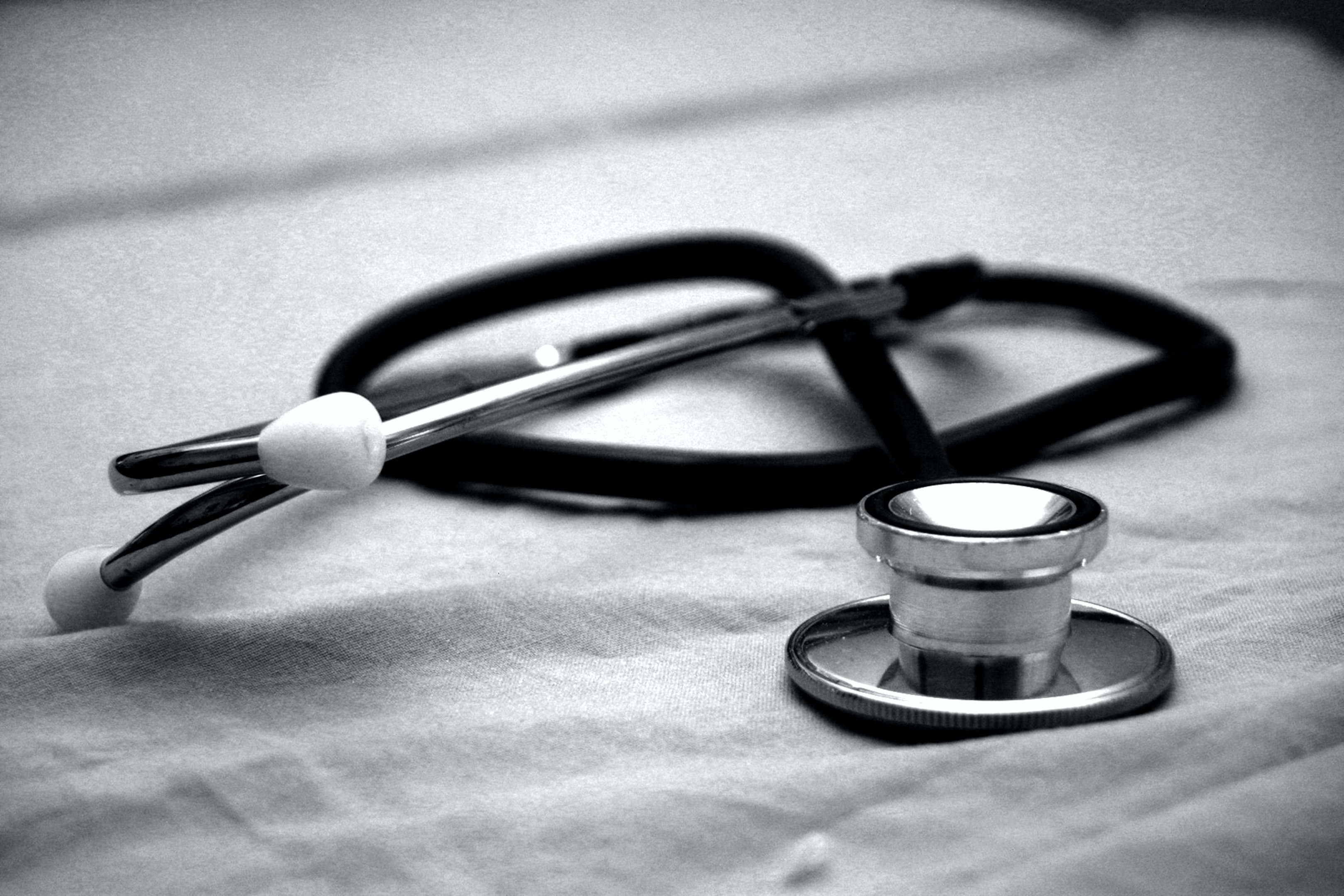
Medical devices made from cast aluminum are typically lighter than those made from other materials, which can reduce fatigue and strain on medical professionals. It is also a strong and durable material that can withstand regular use without corroding or rusting. This makes it ideal for medical devices that need to be reliable and long-lasting.
Aerospace Industry
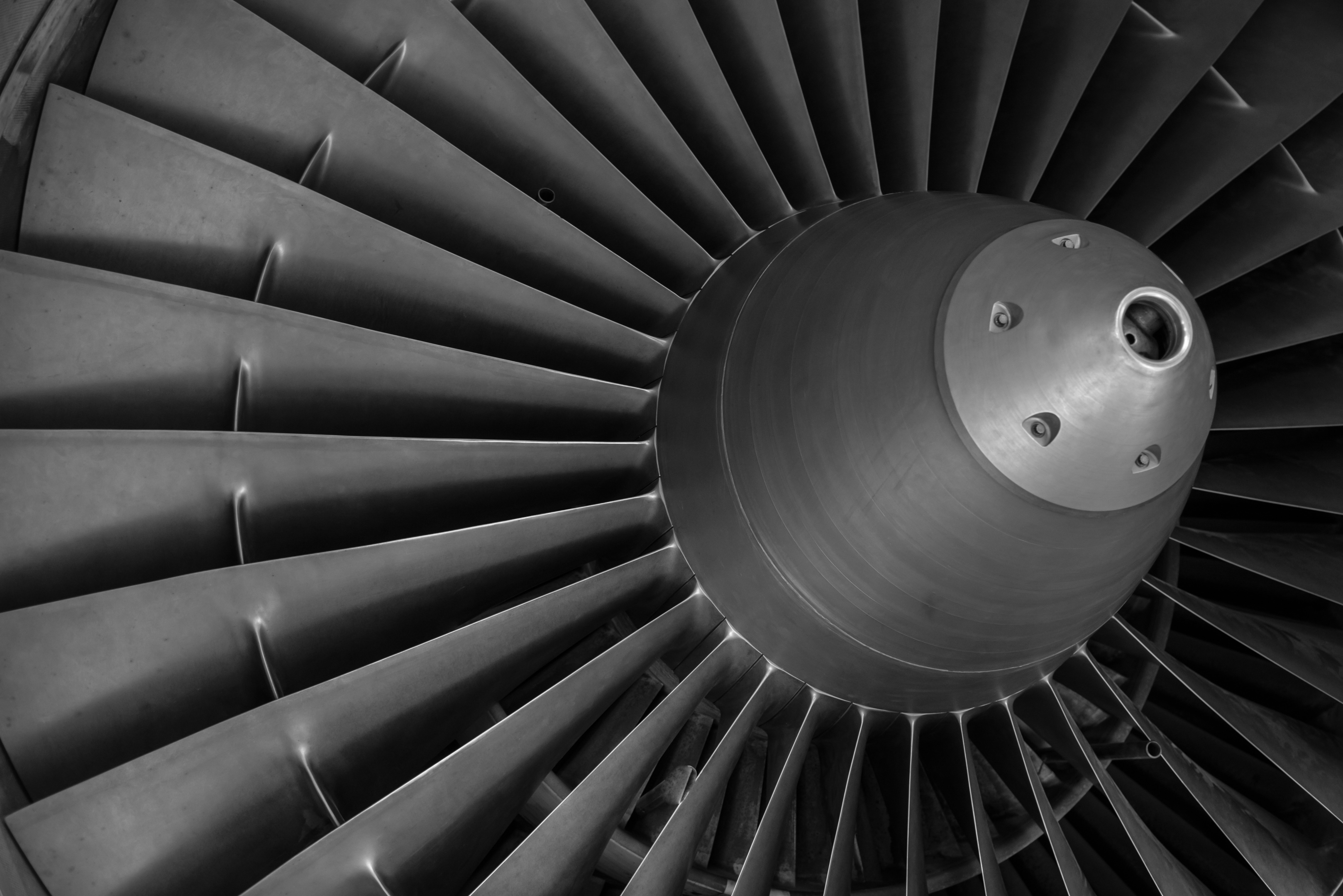
Aluminum casting is a highly versatile material used for various applications, from structural components to engine parts. This versatility means it can produce many components for the aerospace industry, reducing the need for multiple materials and simplifying the production process.
In addition, aluminum is highly corrosion-resistant, which is crucial in aerospace applications, as these components are often exposed to harsh environments, such as extreme temperatures. Corrosion resistance is important to maintain the structural integrity of the aircraft and ensure its safety.
Other Household Machinery
Cast aluminum has good thermal conductivity, which means it can conduct heat well. This makes it ideal for heating machinery like coffee makers, grills, and ovens. Aluminum can also distribute heat evenly, which is important for achieving consistent cooking or baking results.
Comparison of Cast Aluminum vs Other Metals

Cast Aluminum vs Cast Iron
Cast iron is a dense and brittle material well-suited for applications where strength and durability are essential, such as engine blocks and machinery components. It is also highly resistant to wear and tear, making it ideal for friction and abrasion applications.
Cast Aluminum vs Stainless Steel
Choosing between cast aluminum and cast stainless steel depends on the application and the final product’s required properties. Cast stainless steel is appropriate for use in environments where it will be subjected to high temperatures or chemicals because of its strength, durability, and resistance to wear and tear.


